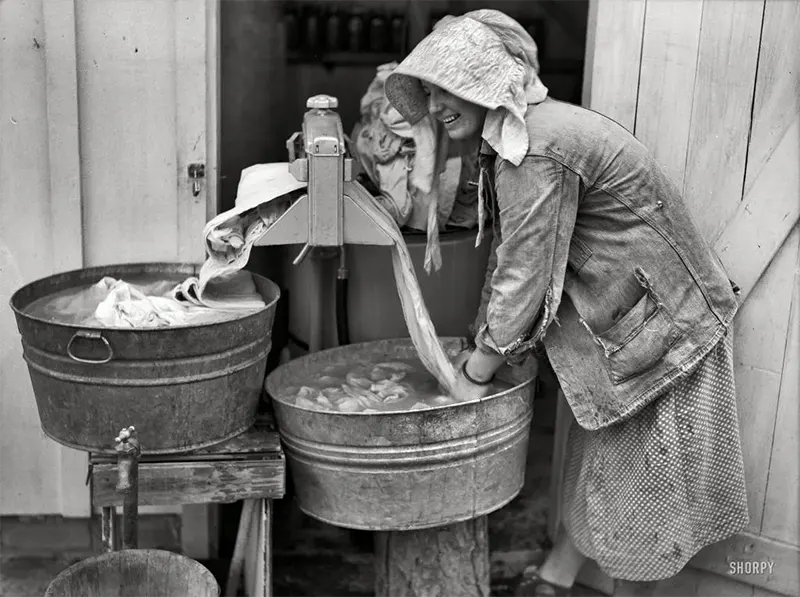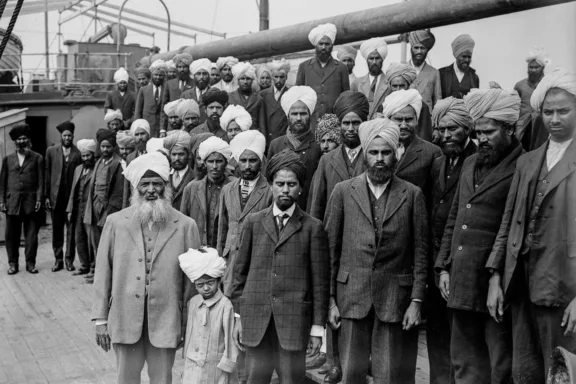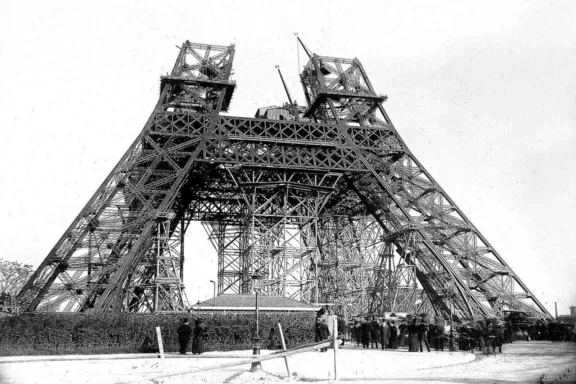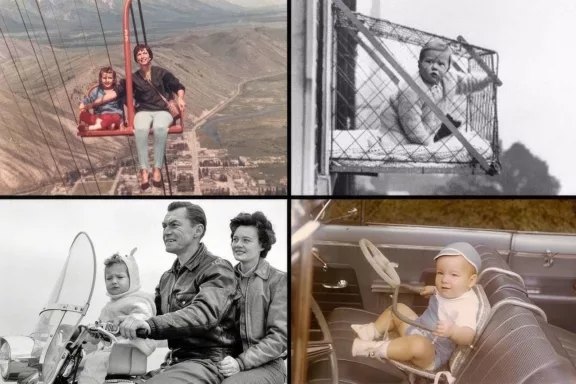The washing machine made a big difference for women in the 20th century, more than birth control or the right to work or vote did.
Before washing machines, people used communal areas to do laundry. In Europe, villages that could afford it built places called washhouses (lavoirs). Water from a stream or spring would flow into these buildings, which usually had two basins for washing and rinsing. Women did the laundry, both for their families and sometimes for others, too.
Washhouses were important for women. They were meeting spots where only women went to talk and do their laundry.

In the past, people used large metal cauldrons filled with hot water over a fire to clean clothes because hot water was better at removing dirt than cold water. They would use a tool called a posser to move clothes around in a tub.
Early forms of machine washing included methods like fulling, where cloth was beaten with wooden hammers in fulling mills.
The first English patent for washing machines was granted in 1691. A drawing of an early washing machine was shown in a British magazine in January 1752.
Jacob Christian Schäffer’s washing machine design was shared in Germany in 1767. In 1782, Henry Sidgier patented a rotating drum washer in Britain, and in the 1790s, Edward Beetham sold many “patent washing mills” in England.
One of the initial advancements in washing machines was the creation of enclosed containers or basins with grooves, fingers, or paddles to assist in scrubbing and rubbing clothes.
People using these machines would press and turn clothes against the textured sides of the basin or container with a stick to remove dirt and grime.
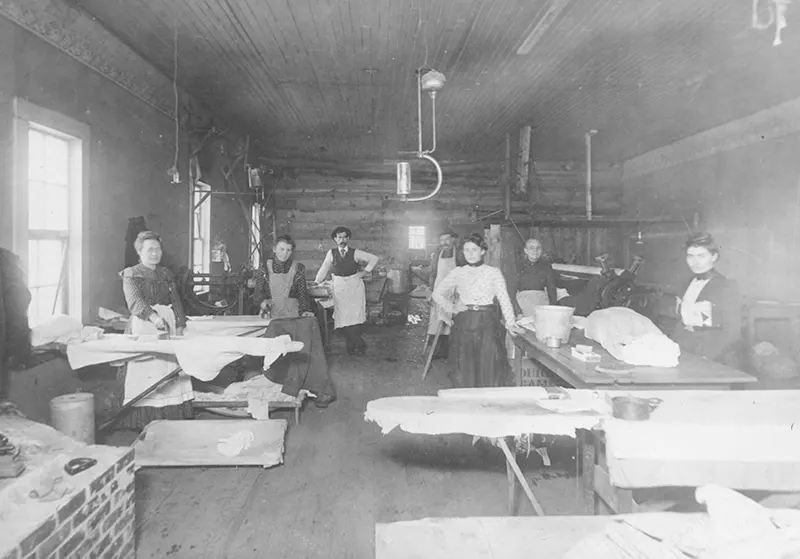
The Industrial Revolution had a huge impact on laundry technology. According to Christina Hardyment’s history from the Great Exhibition of 1851, the advancement of household machinery played a key role in the liberation of women.
During the 19th century, the mangle (also known as the “wringer” in American English) was invented. It consisted of two long rollers in a frame with a crank to rotate them.
Laundry workers used the mangle by feeding soaking wet clothes through it, which compressed the fabric and removed excess water.
Compared to hand-twisting, the mangle was significantly faster. It was a modified version of the box mangle mainly used for ironing and smoothing cloth.
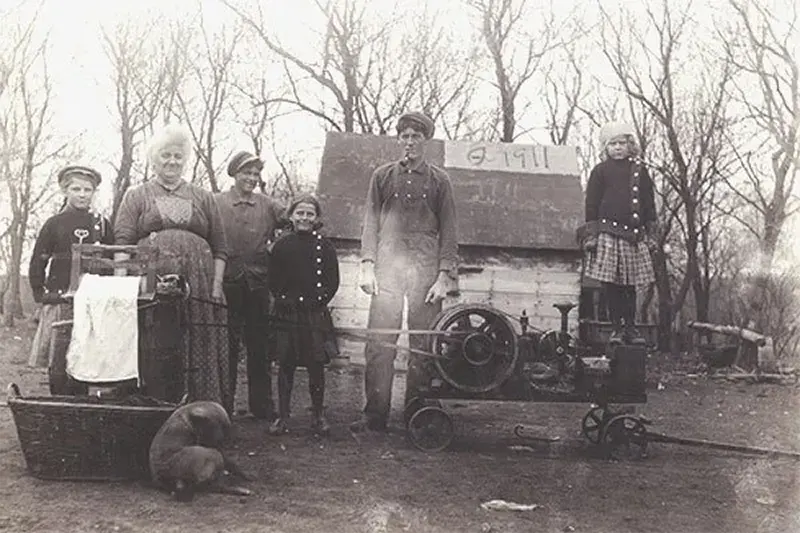
In the 19th century, inventors worked on making laundry easier by creating hand-operated washing machines, aiming to replace the laborious task of rubbing clothes against a washboard by hand.
These early machines typically required turning a handle to move paddles inside a tub. As technology progressed into the early 20th century, some washing machines started using electrically powered agitators. Many of these machines were simple structures—a tub on legs with a hand-operated mangle on top.
The Thor washing machine stands out as the first commercially sold electric clothes washer in the United States. Manufactured by the Hurley Electric Laundry Equipment Company in Chicago, the 1907 Thor is believed to be the initial electric washer ever made, establishing Hurley as the inventor of the first automatic washing machine.
Engineered by Hurley’s Alva J. Fisher, a patent for the new electric Thor was granted on August 9, 1910, three years after its original invention.
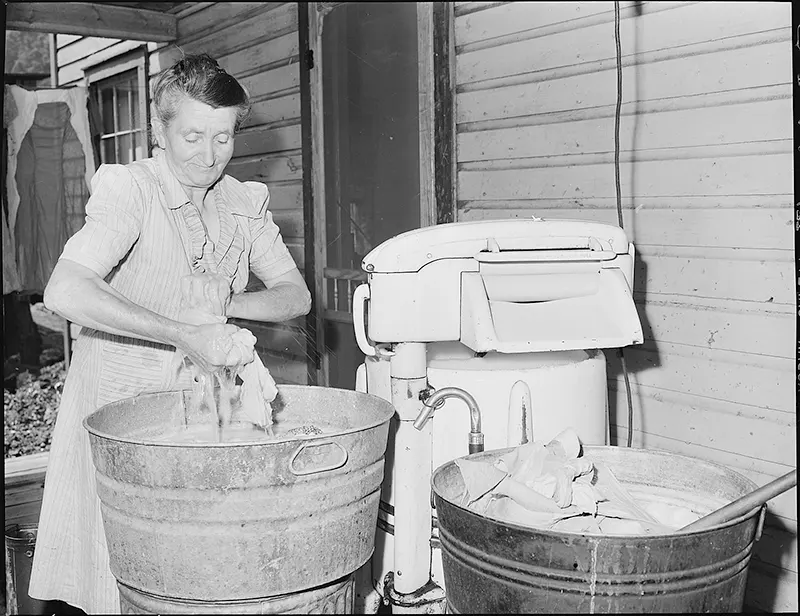
In 1928, electric washing machine sales in the US hit 913,000 units. However, during the years of the Great Depression when unemployment rates were high, sales declined sharply, dropping to around 600,000 units by 1932.
Throughout the 1930s, there were significant advancements in washer design. The machinery became enclosed within a cabinet, and more focus was put on ensuring electrical and mechanical safety. Spin dryers were introduced as a safer alternative to the hazardous power mangles and wringers used at that time.
By 1940, about 60% of the 25,000,000 wired homes in the United States had an electric washing machine. Many of these machines were equipped with a power wringer, although some also had built-in spin dryers, which were becoming more common.
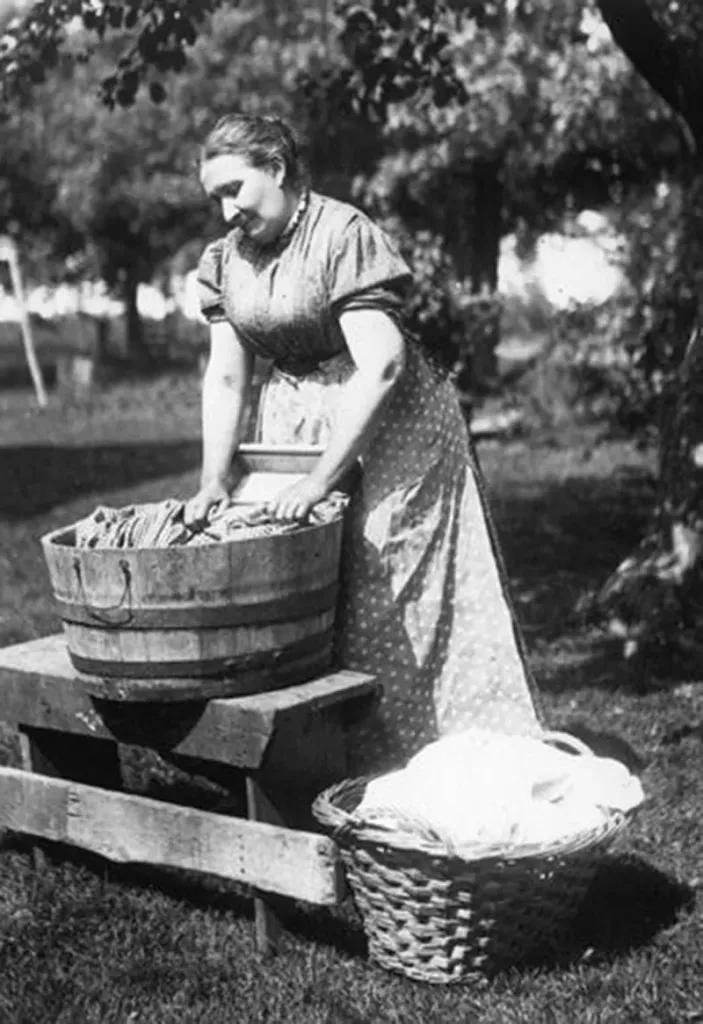
In the late 1940s and early 1950s, numerous US manufacturers introduced various types of automatic washing machines, mostly of the top-loading kind, competing against each other.
General Electric (GE) was among them, unveiling its first top-loading automatic model in 1947. This machine possessed many features similar to those found in modern machines today.
The Hoover Company also produced an early version of an automatic washing machine using cartridges to set different wash cycles. This system, known as the “Keymatic,” utilized plastic cartridges designed with key-like slots and ridges along the edges. These cartridges were inserted into a slot on the machine, and a mechanical reader operated the machine based on the cartridge’s settings.
Alongside fully automatic machines, several manufacturers manufactured semi-automatic ones, where the user needed to intervene at one or two points during the wash cycle.
A prevalent type of semi-automatic machine, available from Hoover in the UK until at least the 1970s, featured two tubs: one with an agitator or impeller for washing and another smaller tub for water extraction or centrifugal rinsing.
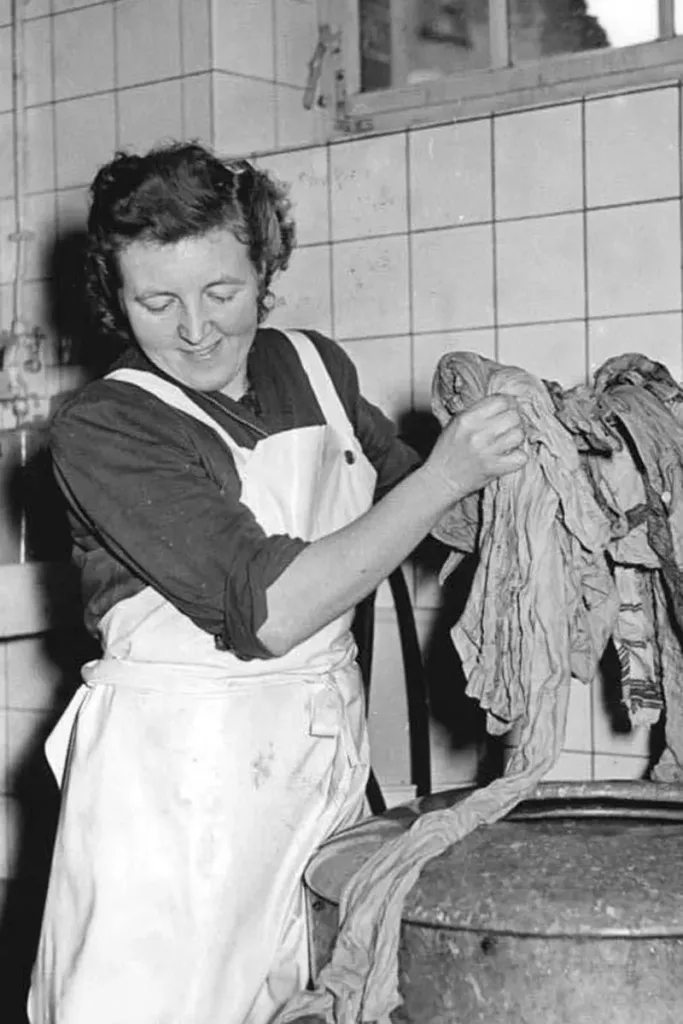
In the UK and most parts of Europe, electric washing machines didn’t gain popularity until the 1950s. This delay was mainly due to the economic effects of World War II on the consumer market, which took until the late 1950s to properly recover.
Early electric washers in this period were single-tub machines with wringers, as fully automatic washing machines were quite costly.
During the 1960s, there was a brief surge in the popularity of twin tub machines, partly because of the affordability of the Rolls Razor washers. Twin tub washing machines are designed with two tubs, one larger and one smaller.
The smaller tub functions as a spinning drum for centrifugal drying, while the larger tub houses an agitator at its bottom for washing.
Some machines had the capability to pump used wash water into a separate tub for temporary storage and later reuse by pumping it back into the washing process.


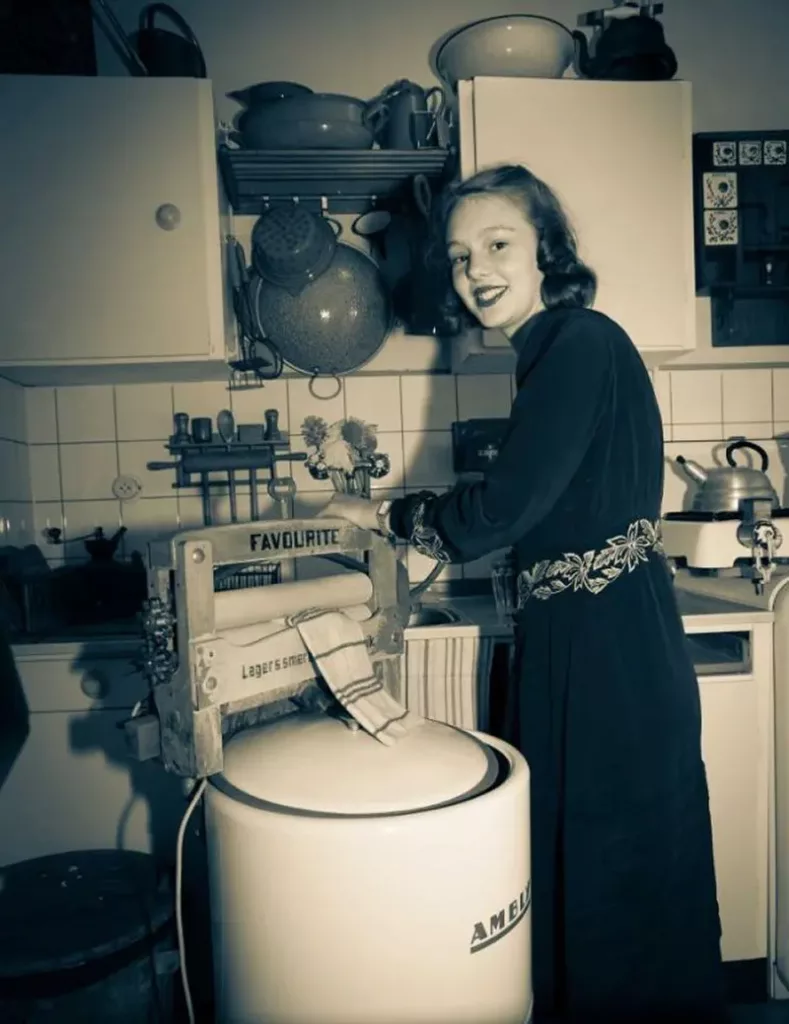
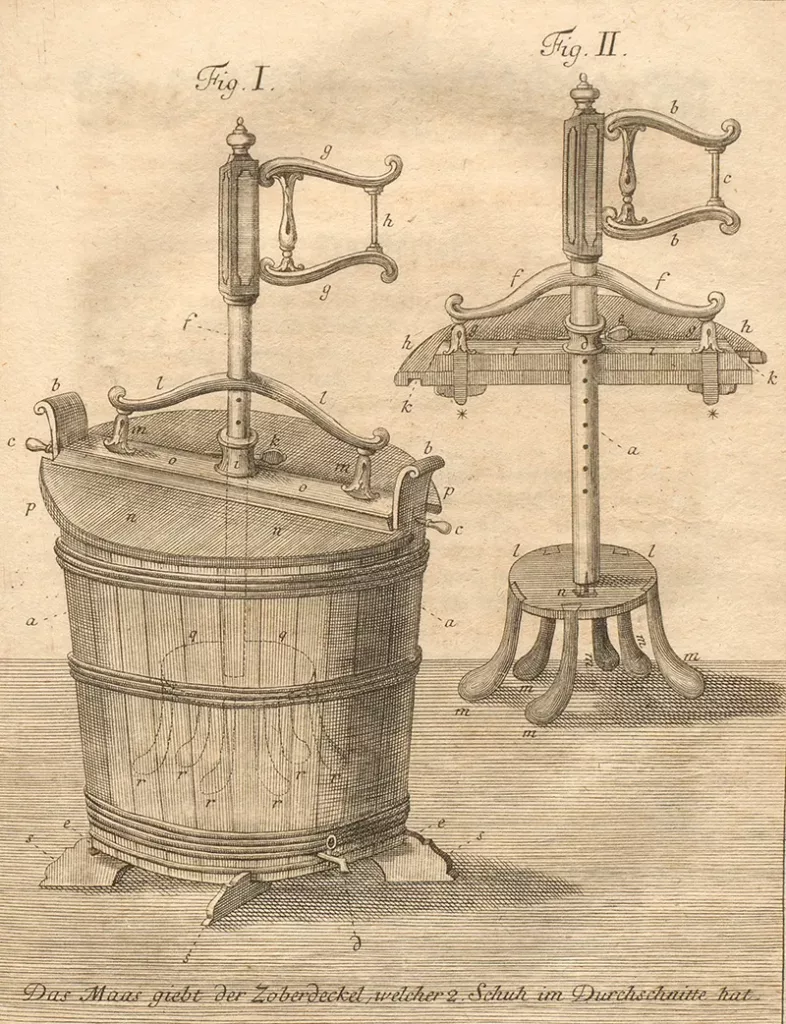
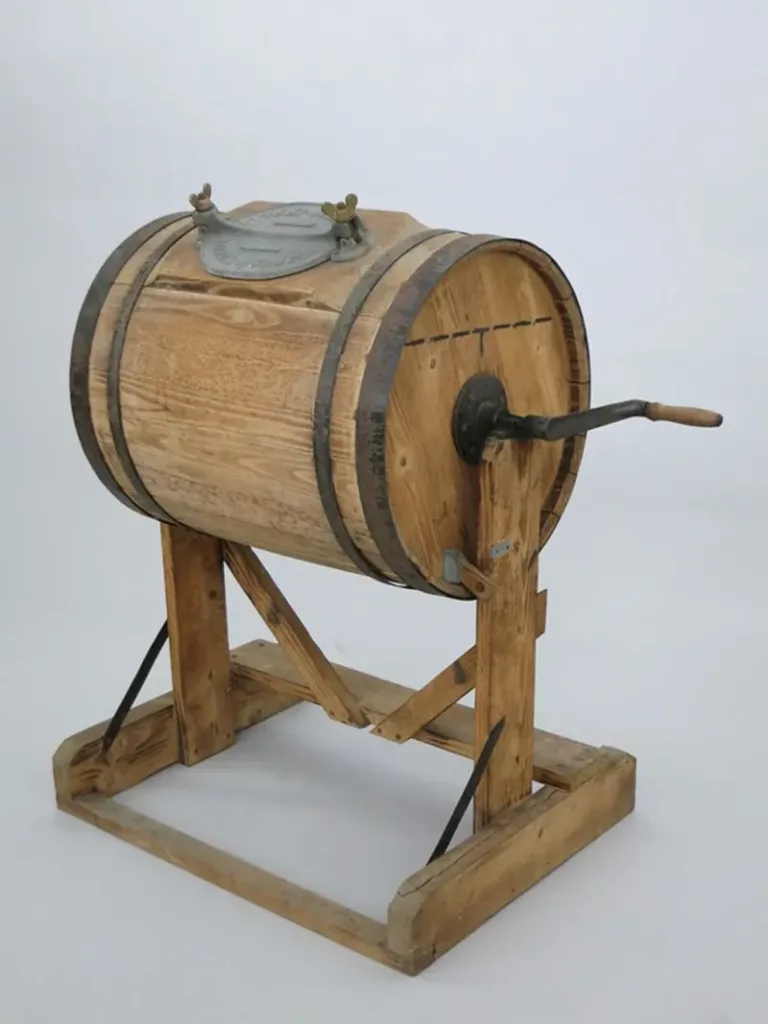

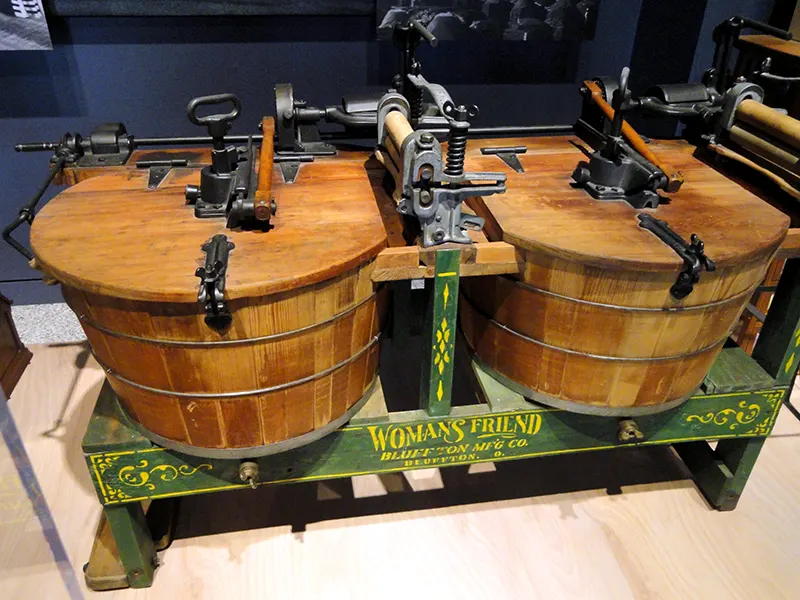
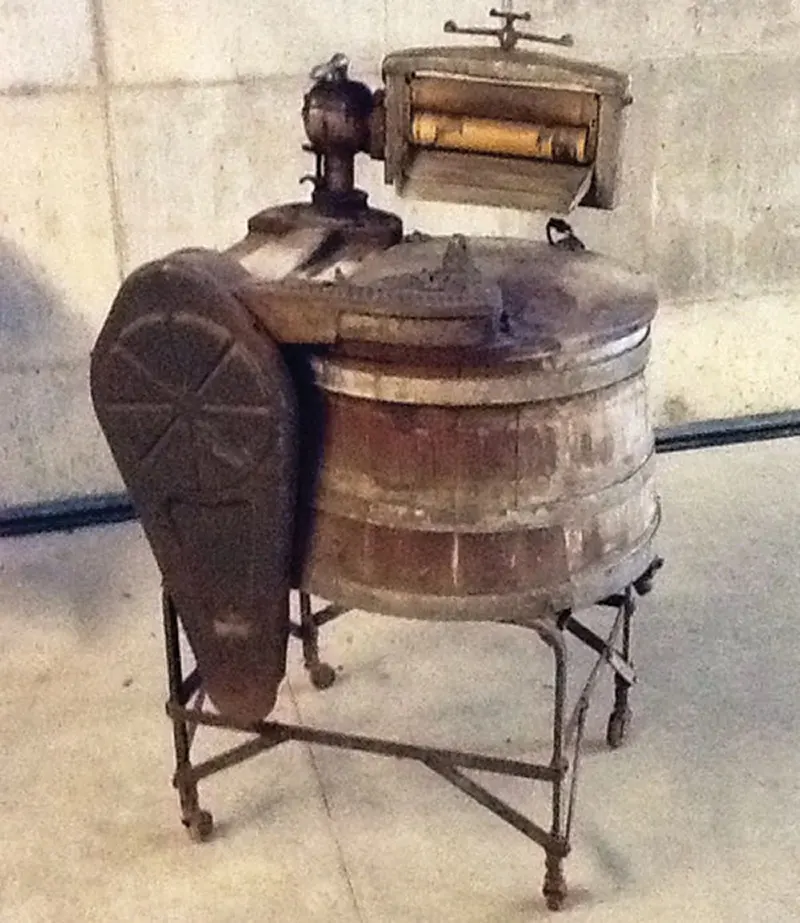
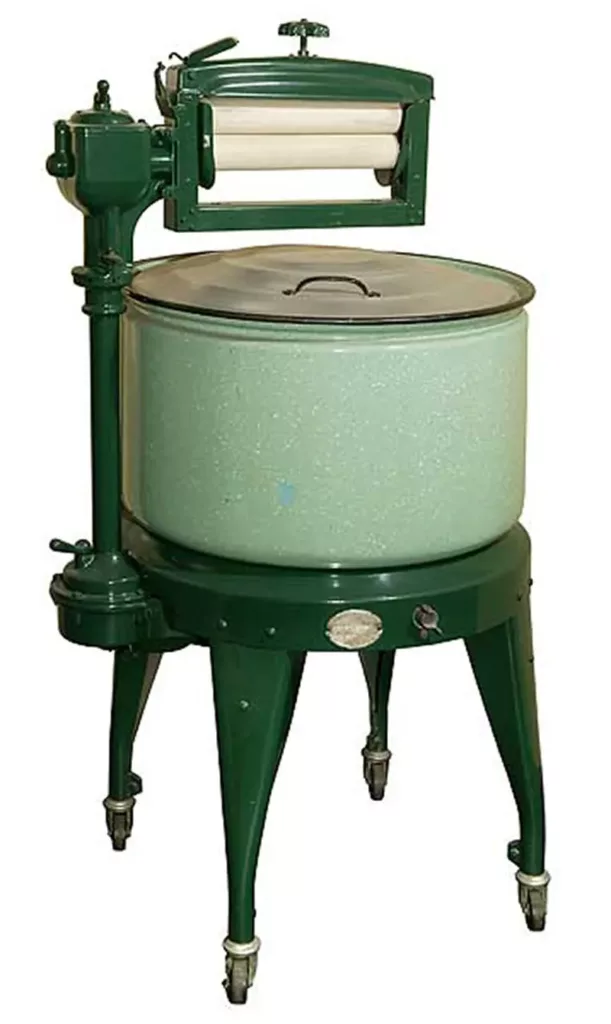
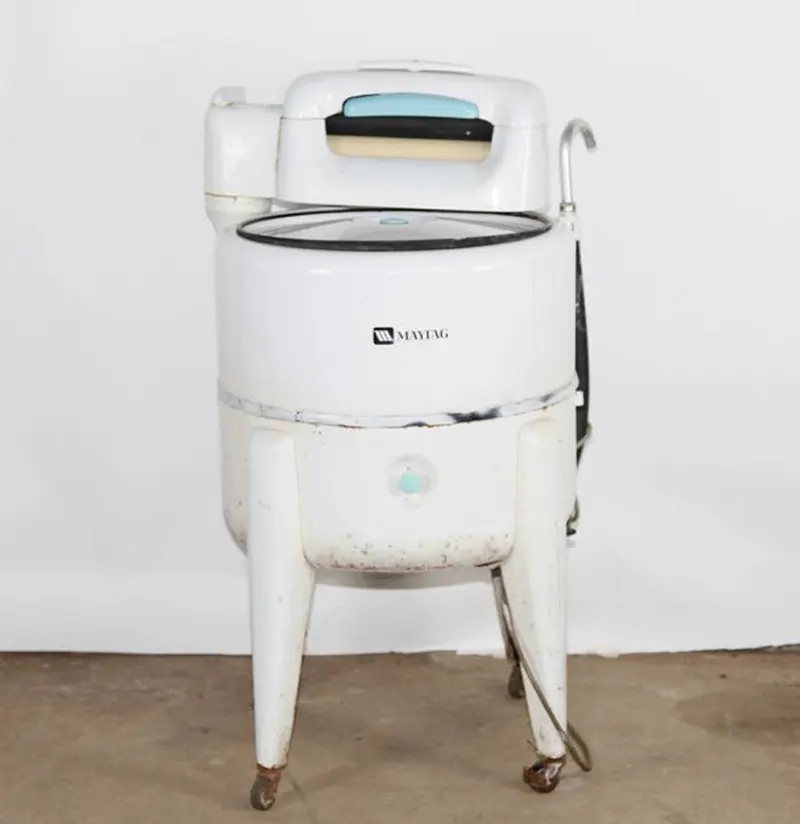
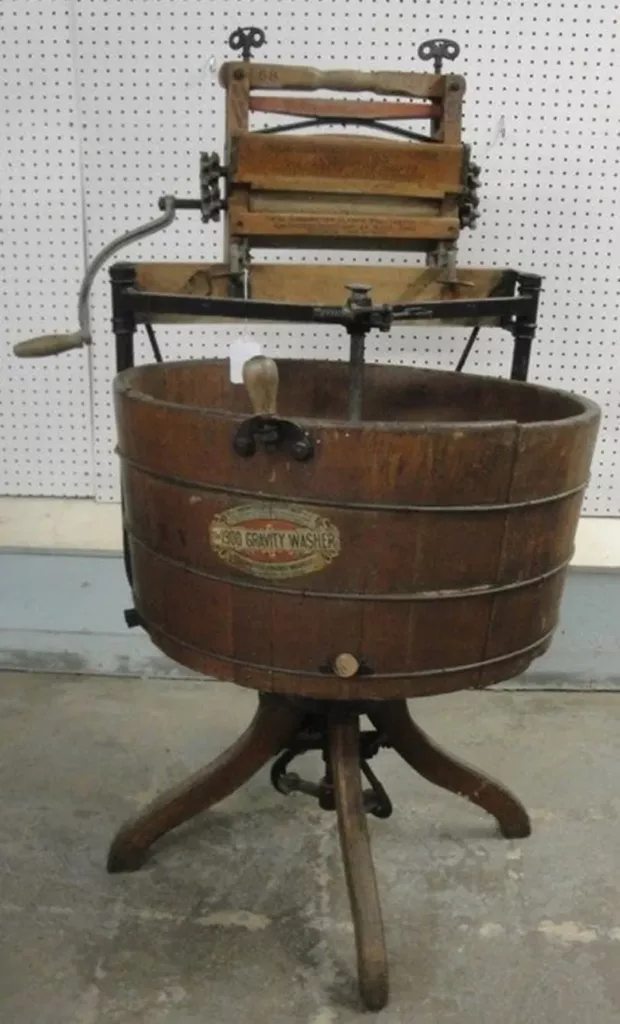

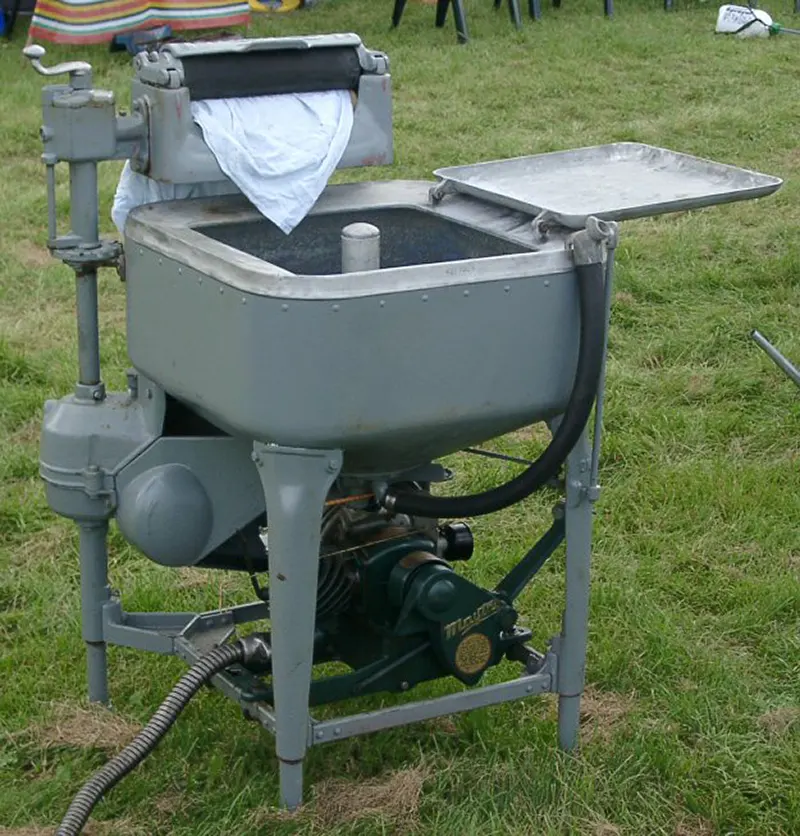

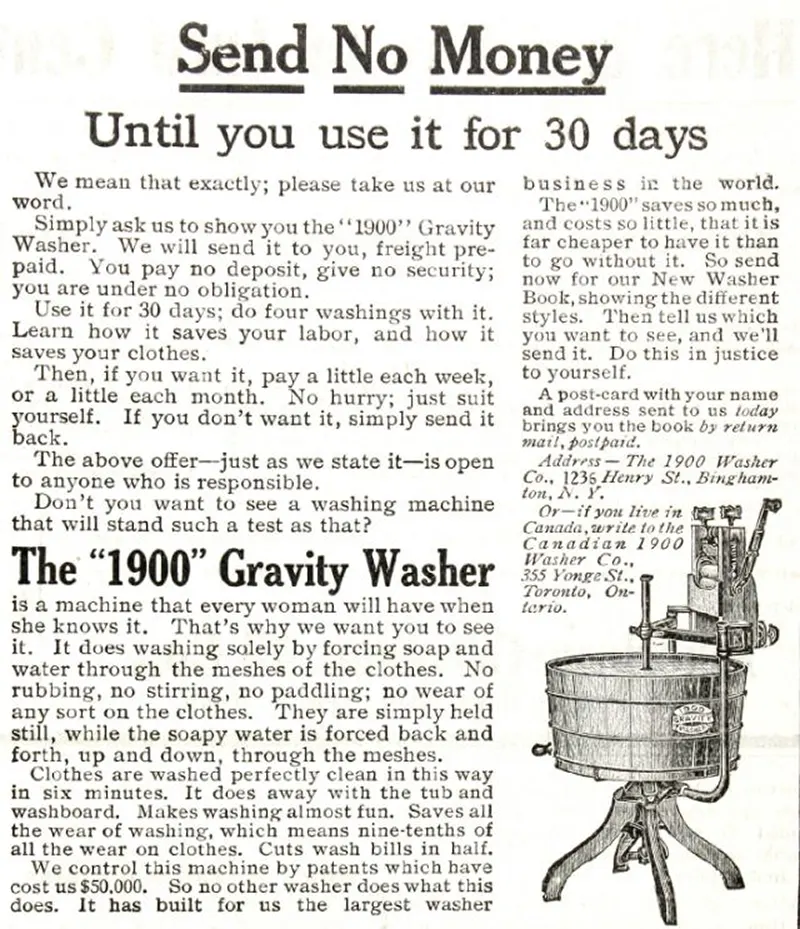
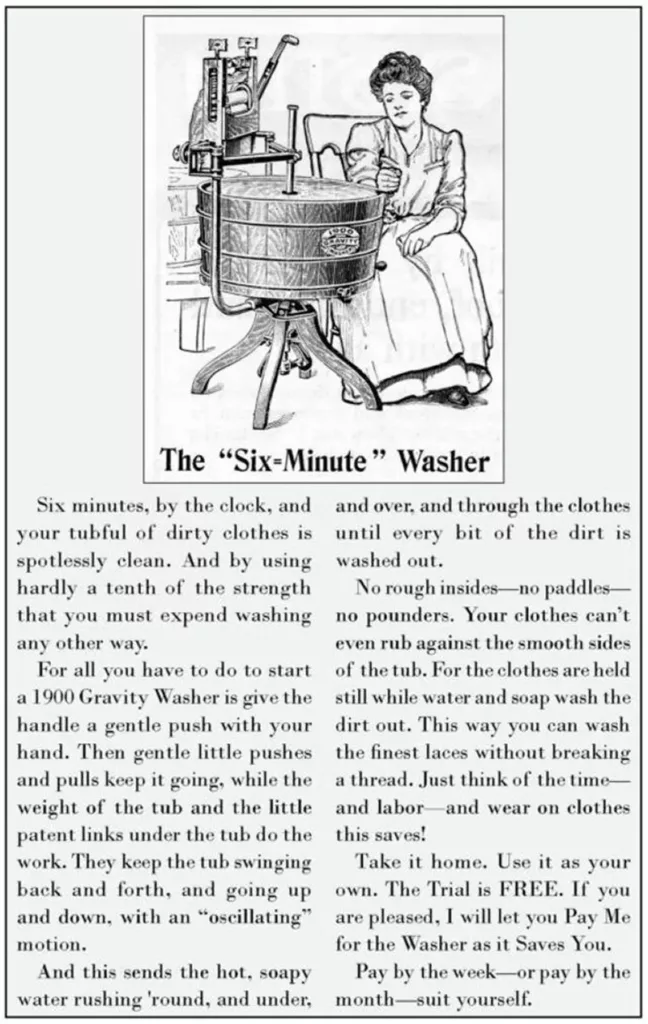
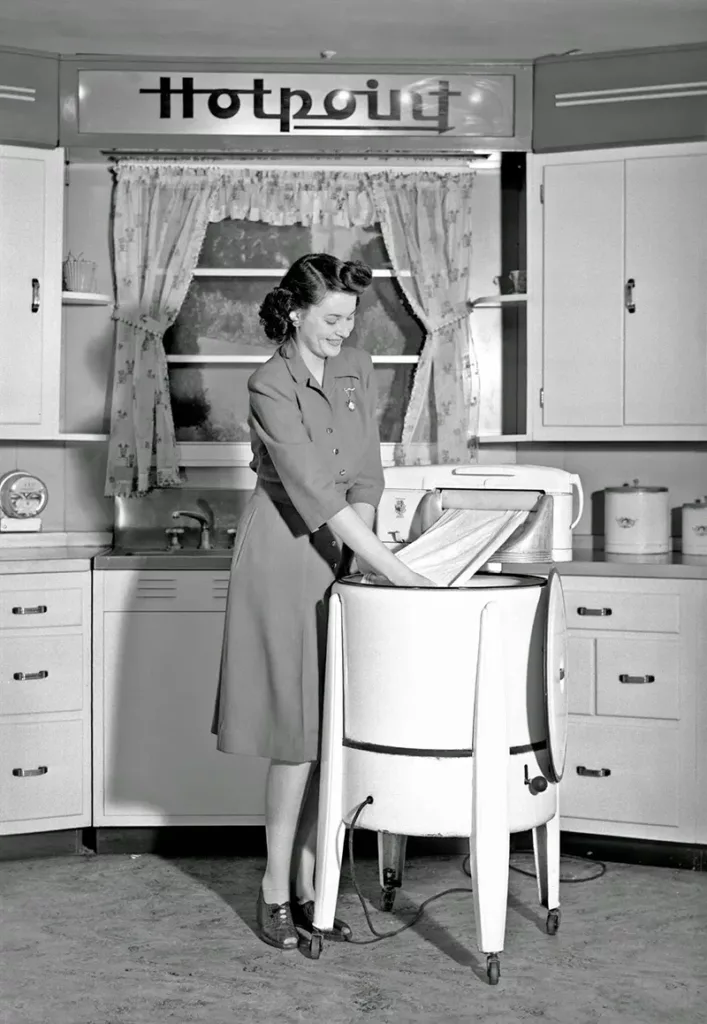

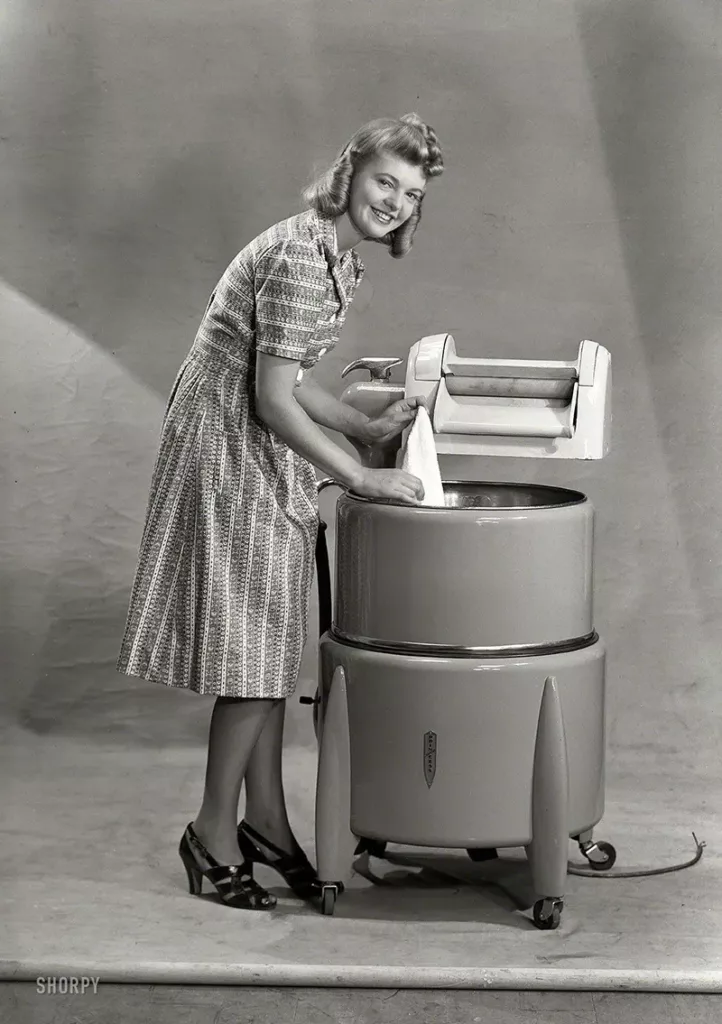



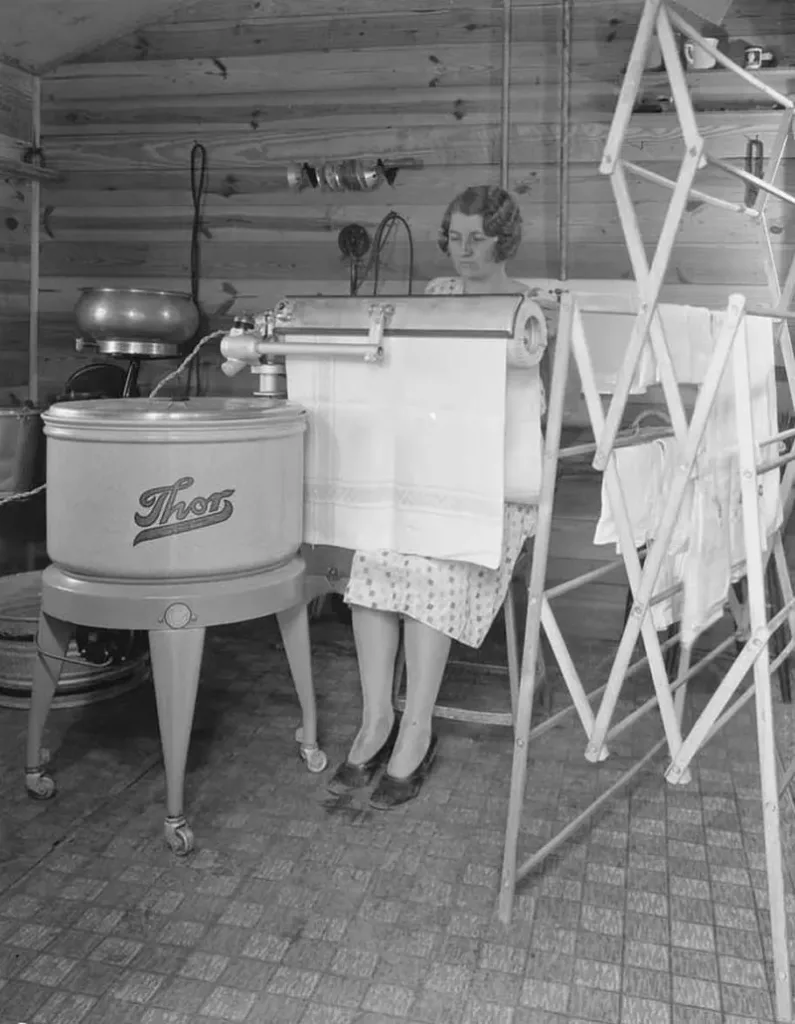


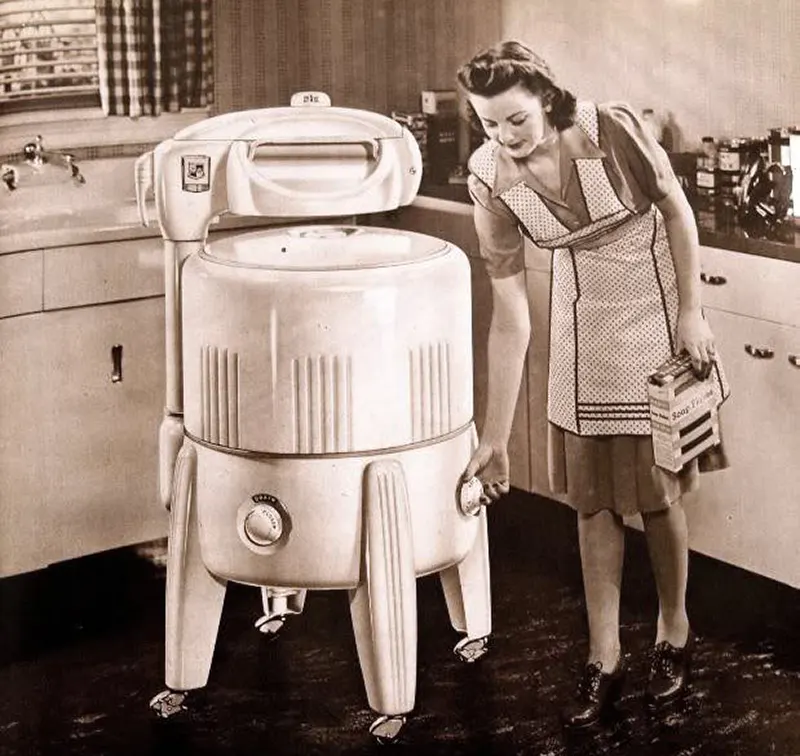
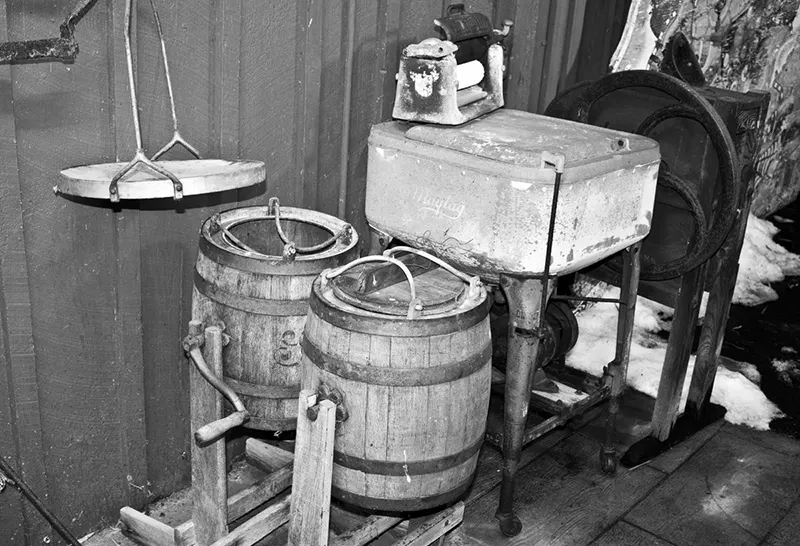
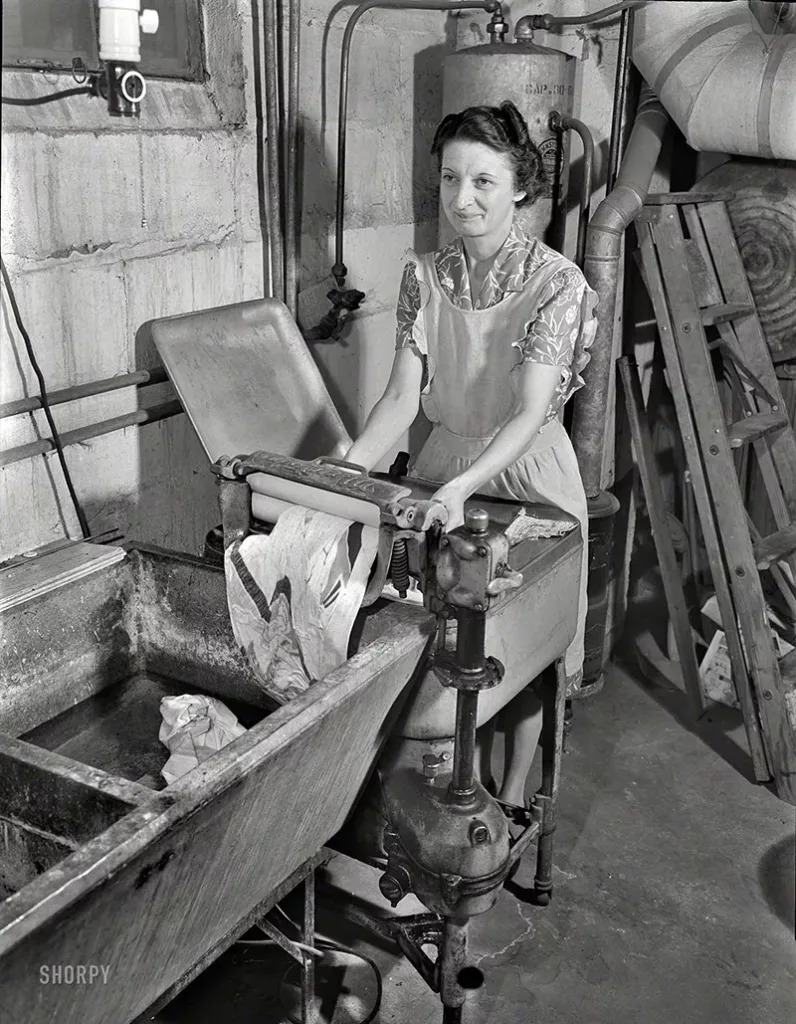
(Photo credit: Shorpy / Wikimedia Commons / Flickr / Pinterest / Library of Congress).


